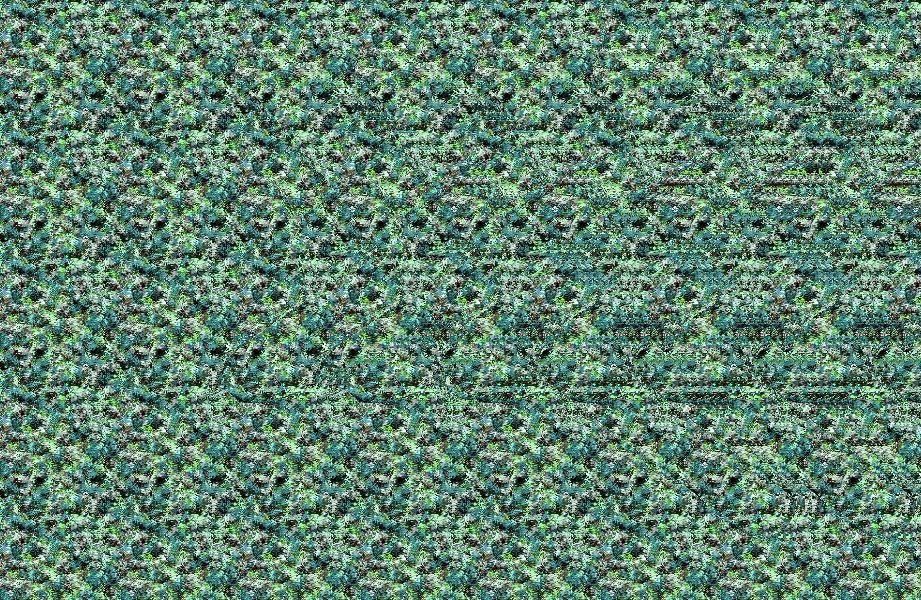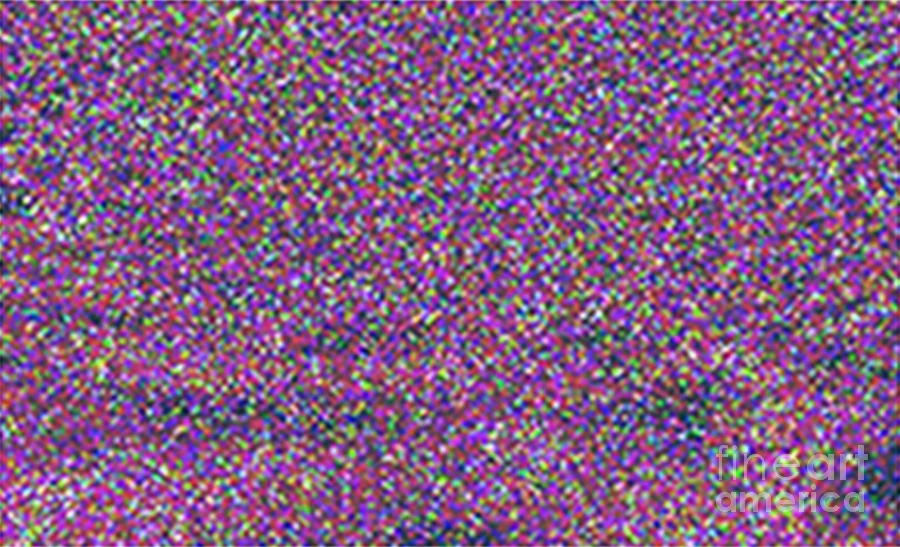


The displays can be copied, saved or printed. You may drag-and-drop to open any supported file. You may also use any JPEG or BMP image as your coding pattern. Stereogram Maker provides (color or grayscale) random-dot coding patterns. You may choose optional perspective for creating stereograms with better visual effect.įor 3D data in range picture format, you may apply any linear or nonlinear function to map pixel values to actual distances. rotate, move or zoom) the 3D objects, and create a stereogram with the 3D objects in the position that you see on your screen. You may create stereograms from two types of 3D data: AutoCAD DXF files, or range pictures in JPEG or BMP format.įor 3D data in DXF format, you may manipulate (e.g. Supported depth map and pattern image file types: PNG, TIFF, JPEG, BMP, GIF, PICT, etc.Oversampling to give smooth depth levels.Center to both sides method to minimize the distortion.

Customizable dimensions (resolution, observer distance, maximum depth, and eye separation).Generate a "wall-eyed" (divergent) or "cross-eyed" (convergent) stereogram.Sirds lets you create Single Image Random Dot Stereogram (SIRDS) and Single Image Stereogram (SIS) images. Your stereogram will be generated automatically And try again.This program will allow you to create your own text-based 3D stereogram! The best part is that it is incredibly easy to use! Simply enter any word in the "Hidden Word" text field (such as your name) that you would like to make into a stereogram and click the GO! button.

If you lose focus, stay where you are and lower the stereogram, focusing again on the object behind it. The image should snap into place and become recognizable.Ħ. Once you can see this, try holding the stereogram up while allowing your eyes to slowly adjust. There should be a sweet spot in which you can begin to see the blurry three-dimensional picture within the stereogram when you raise it to your eyes. Once you’re able to keep your focus on the object and not the stereogram, try repeating this at different distances away from the object.ĥ. This means that your eyes will remain focused on the object instead and won’t readjust on the stereogram.Ĥ. Continue to look at the object and not the stereogram, even when the stereogram is blocking it. Move the stereogram up from underneath the object until it’s blocking your view of the object.ģ. Pick up the stereogram and look at the object that you’ve selected. Choose an object in the room you’re in – a photograph on the wall or a potted plant on a table in the corner.Ģ. Still not seeing it? Try to train your eyes this way:ġ. Once the image snaps into place, you should be able to see a sharp three-dimensional picture. You should be able to see the beginnings of a blurry three-dimensional picture.Ĥ. When you’re confident that your eyes can continue to look through the stereogram, move the image back and forth until the patterns begin to overlap. It may take a couple of tries to get this to work.ģ. Continue to look through the image as you move it away from you. This is the point at which your eyes will try to do what they do naturally – readjust focus. Then move the stereogram slowly away from your eyes. Hold it horizontally and look through the image as if it weren't right in front of you.Ģ. Start by putting your face up close to the printed stereogram or the digital screen with which you’re viewing it. Train your eyes and concentration with the help of stereo images, surprise yourself and friends magical. The good news is, once you have successfully trained yourself to look at a stereogram, it will be that much easier from then on.ġ. Optical 3D stereo images in a single application.
#STEREOGRAM 3D HOW TO#
Here are a few tips and tricks that can teach you how to do it properly.


 0 kommentar(er)
0 kommentar(er)
